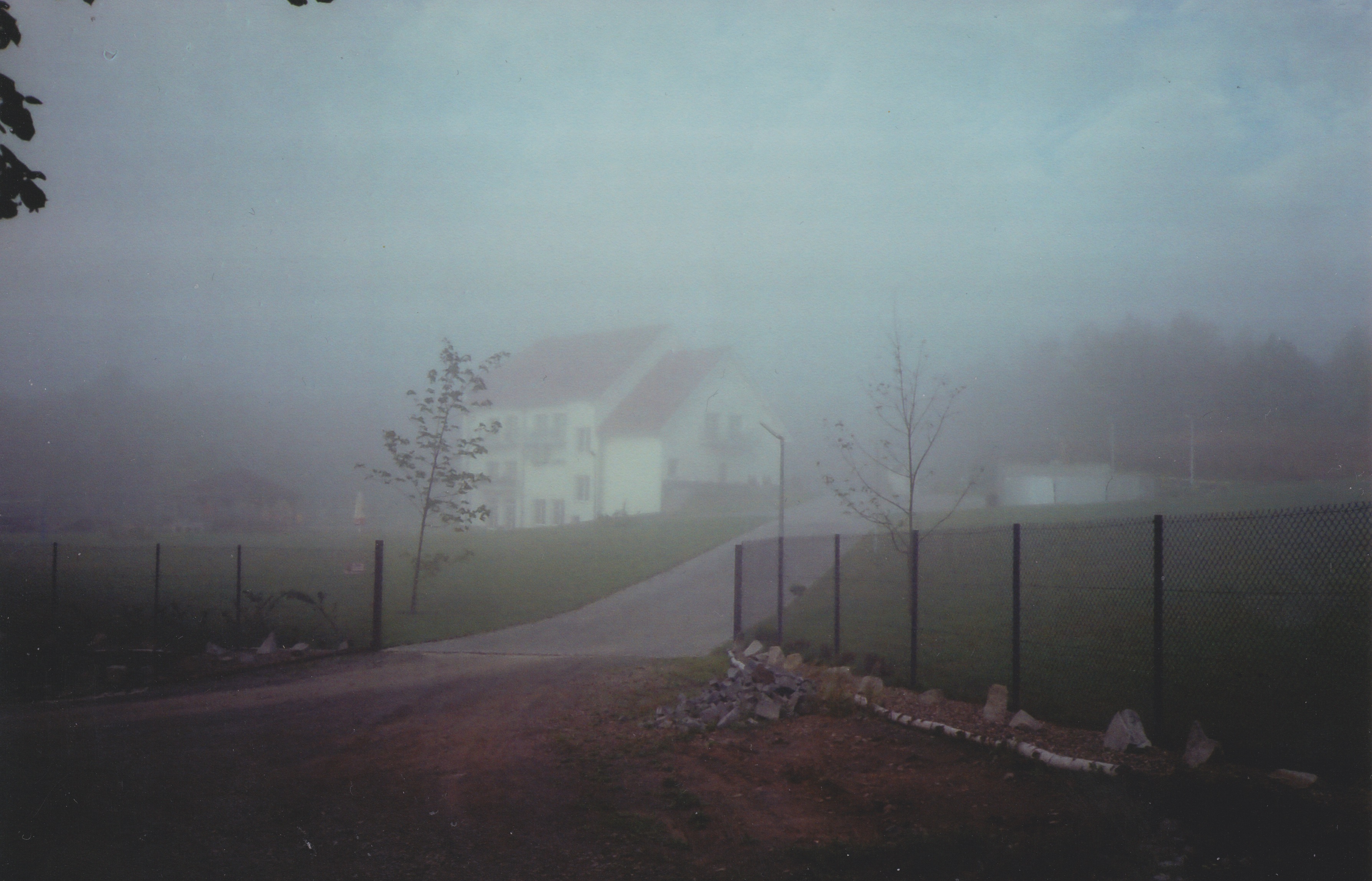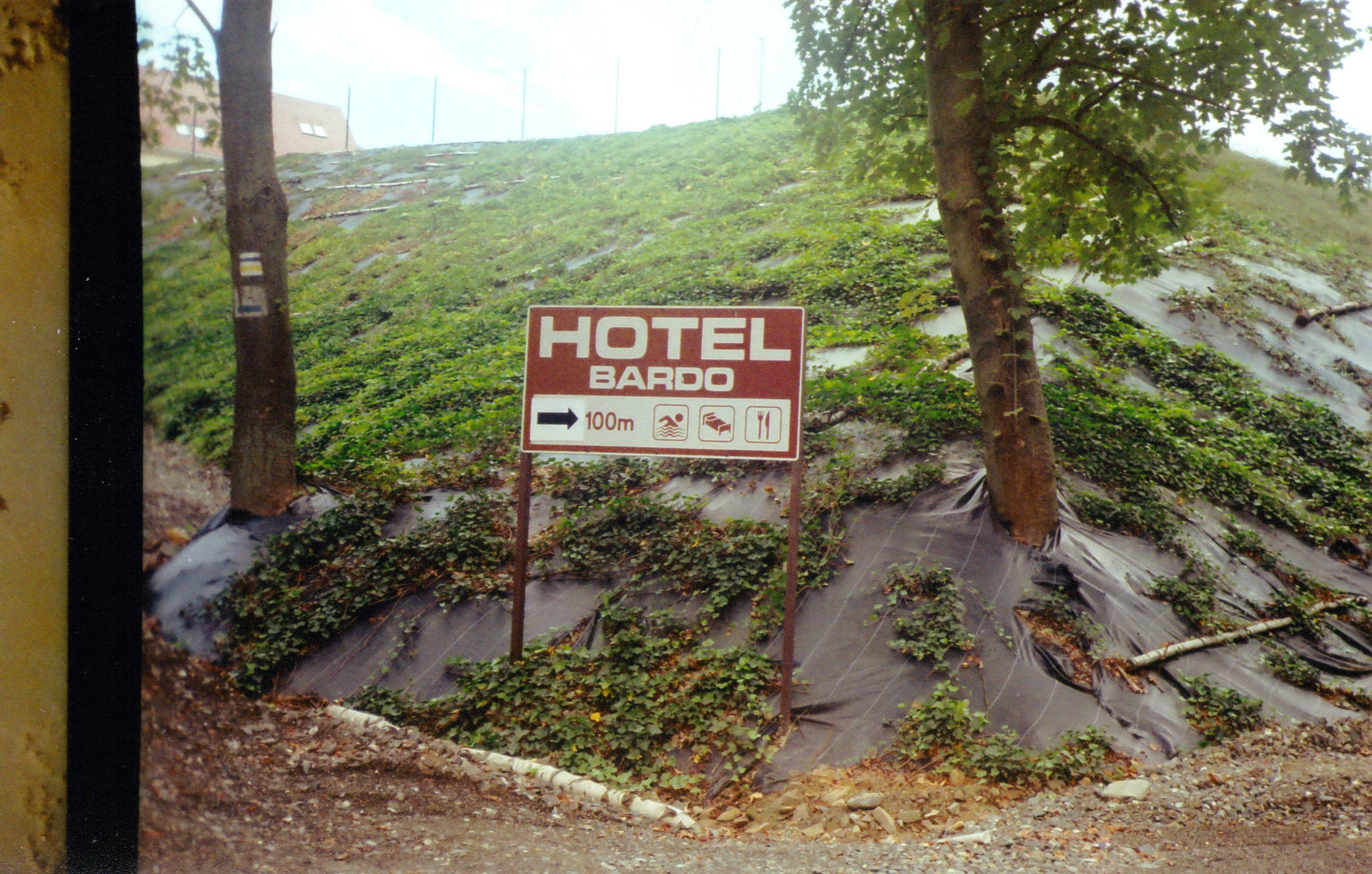[23 Rooms in the] Hotel Bardo

“the last avant-garde anti-project at the end of time”
—Iain Sinclair
A film and bookwork by
Stanley Schtinter
Hotel Bardo is an effort to convey something of the artist Brion Gysin in present time across a variety of mediums. Resisting biography—refusing historicisation—and instead attempting to harness a narrative borne by Gysin himself, Hotel Bardo is a book; Hotel Bardo is a film; Hotel Bardo is a narrative ancient, multiplicitous and without end. A transcendent un-biography, Hotel Bardo is an ultra-travelogue set in a vision of the public domain in which the living and the dead pass freely to play with the idea of origins and posterity.
According to Genesis P-Orridge, Gysin was “a kind of Leonardo da Vinci for the last century.” Observing no boundaries between creative mediums and spaces both real and imaginary, he is best known today for his paintings (which dance!) and for his Dreamachine: a stroboscopic light device that “[simulates] the effects of hallucinogenic drugs.” His visionary writings and experimental authorship (it was Gysin that first introduced William Burroughs to the Cut-Up technique) illustrate a mind constantly at work on the meet point of the organic and the artificial character of critical creativity.
But, his works aside, Gysin believed he had got lost somewhere along the way:
Wrong address! Wrong address!
There’s been a mistake in the mail.
Send me back.
Wherever you got me, return me.
Wrong time, wrong place, wrong colour.
Gysin made this famous declaration aged 0, swearing throughout his life that he remembered being born, but it is this “mistake in the mail” that underwrites Hotel Bardo. The title of the project owes to Gysin’s final literary work—Beat Museum/Bardo Hotel—a work that represents the closest Gysin ever came to autobiography. Published in pieces, the novel explores the time in his life he was happiest: living and working at The Beat Hotel. Posthumously collated and published as The Last Musuem in 1985, the various fragments of Beat Museum/Bardo Hotel depict a space as it descends into fiction.‡
The Bardo Hotel—Gysin’s temporary domicile—becomes a permanent space for a dissection of life’s liminal character and the “in-betweenness” of lived experience in its want for explanation. Gysin’s hotel is falling apart; as the building is shipped room by room by the Getty museum (from its native Paris to California), he swings from character study, to critical reflection, to an excoriation of twentieth century culture, to a scrutiny of the act of storytelling itself. He explores the basis of his own aesthetic ideas and idioms, reflecting on his travels in Greece in the ‘30s, only to home in on a sense of his own ending. Gysin did not fear death: he feared rebirth; the book is dedicated to the particularities of that fear. However, formed by that fear, Gysin rails against it. He dissects the idea of his returning against his wishes; lambasts his lack of authority over his own ending.His hotel is a theatre: a vehicle primed for an analysis of storytelling, the construction of anecdote and the constituent parts of personality. Gysin’s Bardo Hotel is a joke about art; a jibe about eternity; a treatise on death and memorial.
In the year that would’ve been Gysin’s 100th, the artist Stanley Schtinter set out to explore and celebrate the impact of Gysin’s work on 20th Century culture in a 21st Century context. It occurred to Schtinter that Gysin could still be in the Bardo, and that there must be a real Bardo Hotel on planet Earth. There is: The Hotel Bardo, one hour south of Wrocław in Poland.

‘In the House of the Last London’ [Excerpt]
Hotel Bardo is a search for the “wrong address.” It is a hunt for Gysin, but a pursuit of the wrong in all the right places. Schtinter is caught in his own Bardo and—again, and again—these works picture an artist chasing an artist in the wrong time, the wrong place, letting every error speak for itself.
‡ The “Bardo” of the book’s title refers to the transitional state between death and rebirth found in some schools of Buddhist thought. Although though the concept “bardo” (བར་དོ་)—“antarabhāva”in Sanskrit—arose soon after the death of Siddhartha Gautama (and long after the foundational teachings of the Buddha), it holds a prominent place in Western imagination by way of the Bardo Thodol. A teaching revealed by Karma Limpa in the Fourteenth Century, translating as “Liberation Through Hearing During the Intermediate State,” Bardo Thodol is the cornerstone of The Tibetan Book of the Dead; a text popularized Aldous Huxley, Timothy Leary, Ralph Metzner and Richard Alpert who anchored their studies of the psychedelic experience in Walter Y. Evan-Wentz’s 1927 translation of the Tibetan Book of the Dead. Metaphorically speaking, bardo denotes life in suspension; be it through dream, ritual or meditation. For Gysin, bardo was a hotel.
A book is in the post; in the offing—an excerpt of which can be found in Hotel #5 (see here).
The film iteration of Hotel Bardo is various, liberated and endless—shot primarily on 16mm—and is distributed by Light Cone.
2018/2019
